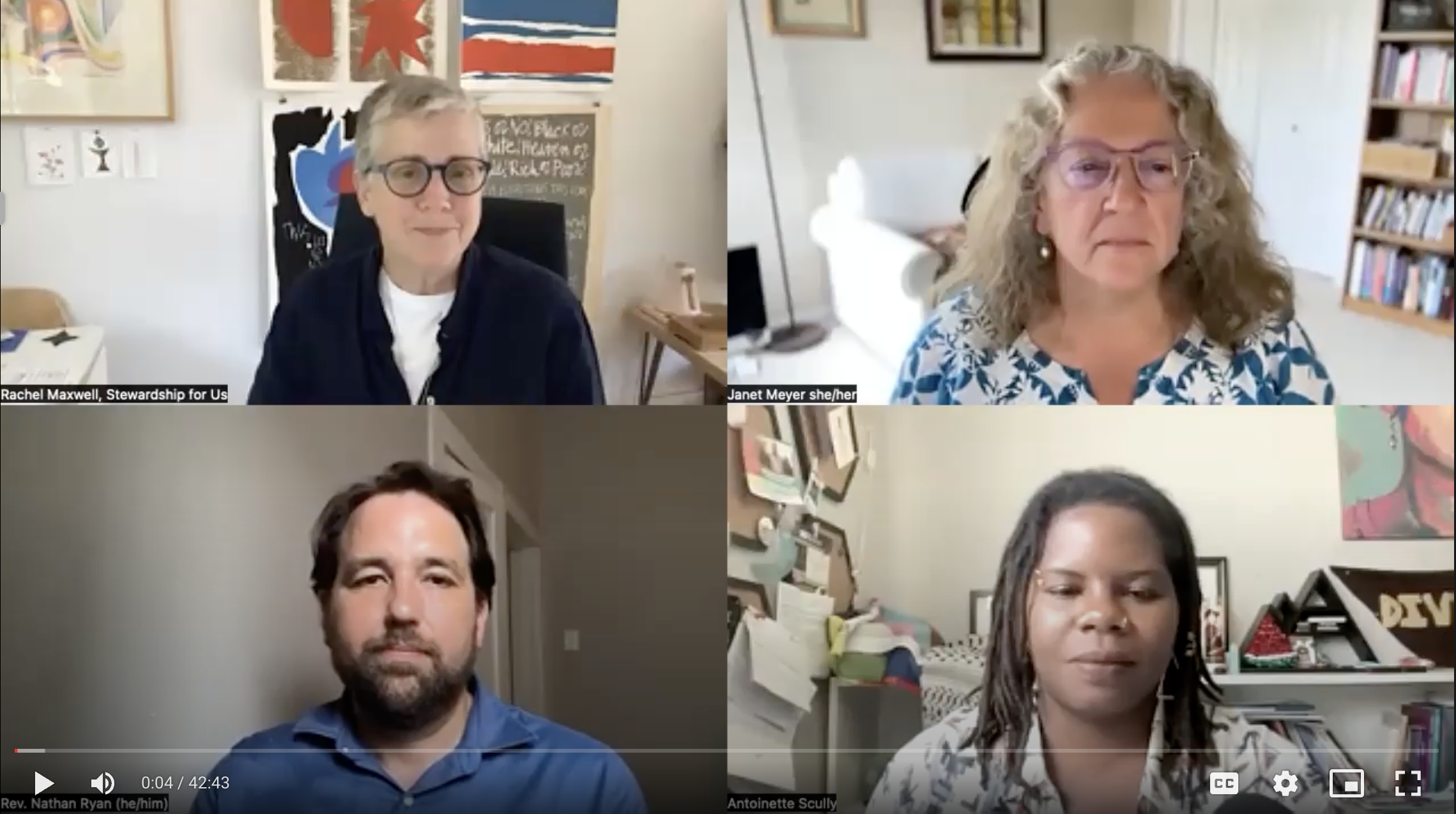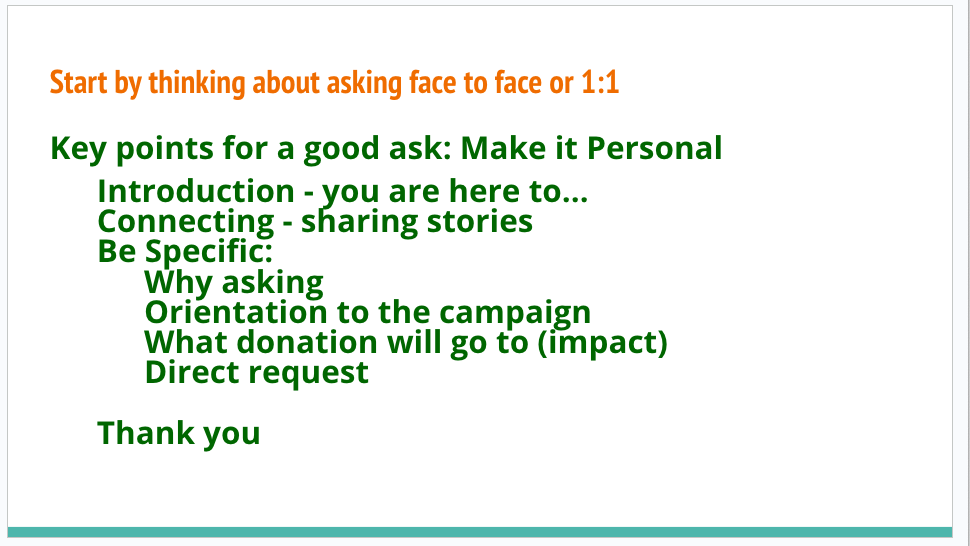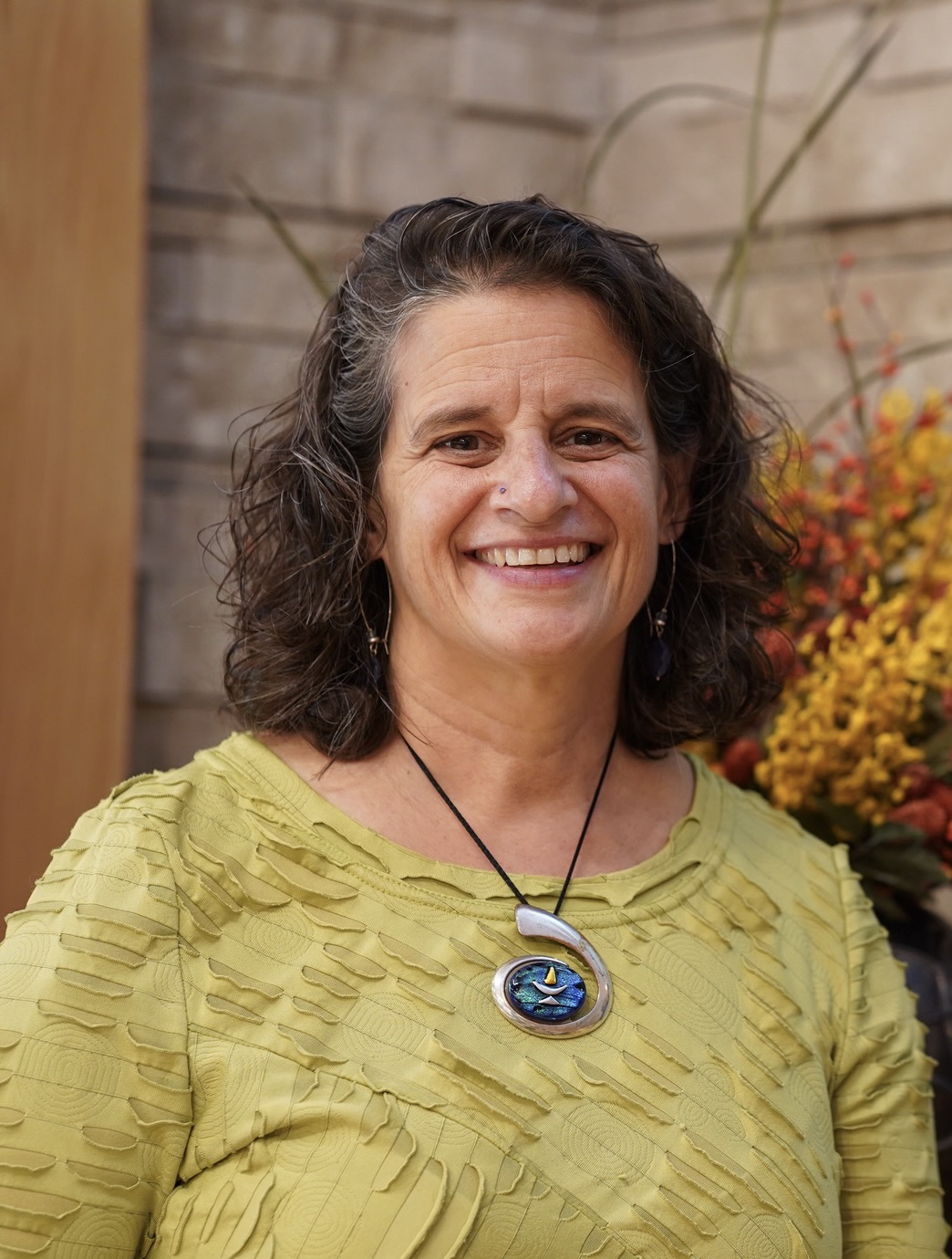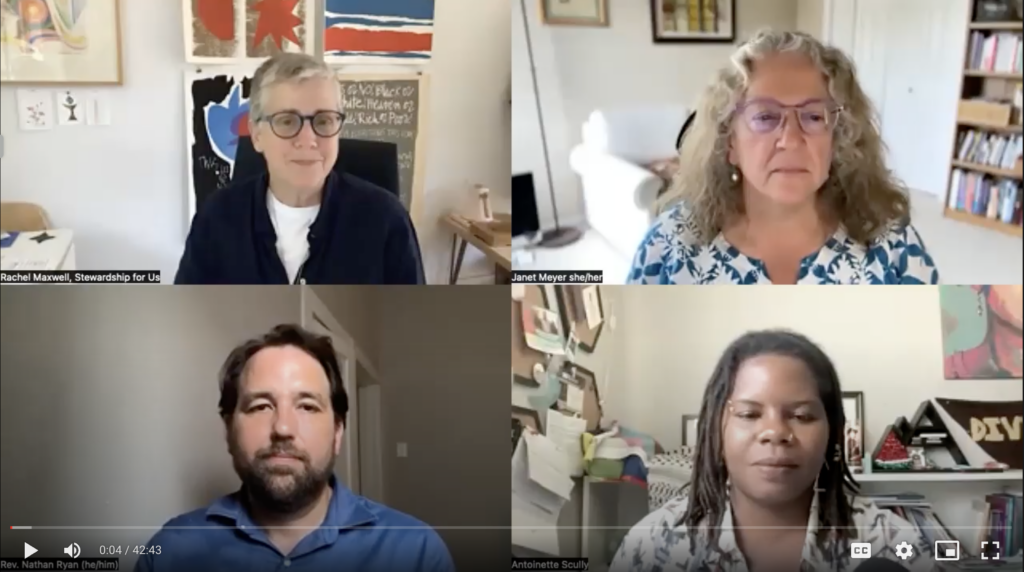In the midst of an historic General Assembly, the Stewardship for Us team lead six engaging GA Cohort meetings, with three topics:
- Wrestling with Investments and Legacy Building
- Capacity Building
- Asking
We started on Thursday with a panel discussion with UUs from three different contexts who answered the question: What kind of investment is needed now for vibrant and sustainable Unitarian Universalist congregations? The rich discussion touched on the challenges of stewardship and congregational life as a whole in these years following the lock-down phase of the pandemic.

Here’s a sampling of their reflections:
- Janet Meyer, president of the Boulder Valley Unitarian Universalist Fellowship, shared how her congregation is strategically running deficit budgets in order to keep the congregation vibrant during these more lean financial years.
- Rev. Nathan Ryan, minister of The Unitarian Church of Baton Rouge, shared the gifts and challenges of serving a congregation without an endowment.
- Antionette Scully, Board member at First Unitarian, Los Angeles, staff at the UU Women’s Federation, and on the UUA “divestment caucus” a year ago shared how her congregation has fewer challenges with their annual budget because of rentals. Their challenge is maintaining an historic building in need of repair.
Together, they put an anti-racist/anti-oppression lens on the practice of building and sustaining endowments — challenging us to look deeply at whether endowment policies, the roots of the money, and how it’s currently invested match our UU values.
You can watch the 42 minute panel discussion here: Stewardship for Us Cohort Day #1 panel
Our second cohort day invited folks to discuss “How do we increase volunteer effectiveness in these times?” Recognizing that volunteerism is also down since the lockdown phase of the pandemic, the importance of maximizing fundraising efforts was discussed. Great ideas emerged, including: ‘close the gap’ one-time text-to-give events and using your context to capitalize on fundraising opportunities. For example, one congregation used the recent eclipse to offer homestays. And remembering to invite others into their fundraising events — moving beyond asking only themselves for money to sustain their congregation’s good work.
As a way to explore maximizing a volunteer’s efforts, folks were given a ‘homework’ assignment:
- Contact another UU congregation, one about your size or in your State, and compare notes about what worked and what didn’t in this past year of stewardship efforts.
- Formulate a recommendation for the next church year to share with other UU stewardship folks and send it to us: team@stewardshipforus.com
We need to also remember to make sure FUN remains a part of FUNdraising!
Day #3 was all about asking for money — perhaps the most effective way to raise money, and the most challenging for many people. We reflected upon What makes for an effective ask for money?
We discussed that people give because giving makes meaning, not because it makes a budget. We invited people to think about the variety of ways people are asked to give — through personal visits, letters, sermons, emails, testimonials, etc, and the challenges when congregations don’t like to talk about money. Then we reviewed the basics of a direct ask for money:

Folks then got to practice asking with one another. It was a great experience for all!
Here’s the entire slide deck for that day: Stewardship for Us GA Cohort Day#3 Slide Deck
We’ll go deeper into each of these aspects of stewardship in future blogs! Share your comments, let us know what you think!

Rev. Lydia Ferrante-Roseberry loves helping congregations thrive. She brings over 20 years of parish ministry experience into her consulting with Stewardship for Us. Having served three congregations of various sizes, she has helped each of them align their vision with their values, and then foster generous giving to live into that vision. Rev. Lydia is most passionate about the individual and community transformation that is possible when people come together to create something none could have imagined alone.

